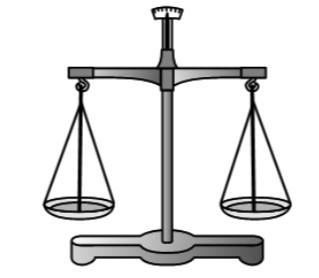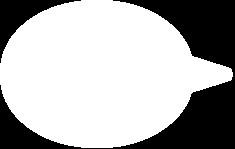The Balancing Act: Teaching Responsibilities vs. Clinical Productivity



 Linda L. Carr, Ph.D. CEO, Faculty Ed Solutions, LLC
Linda L. Carr, Ph.D. CEO, Faculty Ed Solutions, LLC






 Linda L. Carr, Ph.D. CEO, Faculty Ed Solutions, LLC
Linda L. Carr, Ph.D. CEO, Faculty Ed Solutions, LLC





How to balance your workload between teaching and clinical responsibilities.
How to involve your staff in preparing for learners.
Encouraged and inspired to involve learners during patient visits and assist them in becoming more self-directed.
Develop specific strategies to increase time efficiency during learner-patient visits.







How do you prepare for learners before they arrive?
Do you meet with staff to plan for students/trainees?


Do you put someone else (e.g., a partner, office manager) in charge of this?
Be ready to welcome them when they arrive!


Orienting learner to office.
Introducing learner to staff.
Asking nurse or other staff to help manage patient flow.
Selecting patients the learner will see.

Many preceptors accommodated their teaching by minimally reducing their clinical loads and lengthening their workdays by approximately one hour.

Case presentations / discussions took 4 -15 min. per case (in ambulatory care settings).
Preceptors should expect to spend 10 -15 min./case presentation / discussion with medical students.
Ferenchick et al (1997). Strategies for Efficient and Effective Teaching in the Ambulatory Care Setting. Academic Medicine 72(4), 277-280.
Do these findings surprise you?




① Practice anticipatory precepting (before the student sees a patient) -- adjust to learner’s level.
② Modify your schedule (i.e., wave scheduling).


Ask learner to present case in the exam room (except in sensitive situations)
Verify physicalfindings
Combine patient management and education with learner education


How do you involve the learner when you are ready to see the patient?
PEP2 Facilitator’s Module 9 (Teaching & Learning Collaboratively), p. 9.10.
Orient Learner to Patient
Provide 1-minute,patient-specific orientation


Have Trainee Review Patient’s Chart & Purpose of Visit
Tell Student which complaint to focus on Setguidelines for PE Set a time limit for initial encounter Alert learner of any anxietyprovoking conditions
What strategies do you use for time efficiency during student-patient visits?
PEP2 Facilitator’s Module 9 (Teaching & Learning Collaboratively), p.





Assist learner in developing a self-directed learning plan.
Help learner use the best evidence to make clinical decisions.

Involve learners in discussing time efficiency and a discussion of medical business.
Cultivate a safe learning environment.





BEFORE Learner Arrives:
- Involve your staff in planning
- Review clinical rotation goals and objectives
DURING Learner-Patient Visits:
- Practice “anticipatory precepting”—involve the learner
- Orient learner to each patient encounter
- Use “wave” scheduling
- Provide a one-minute patient-specific orientation
- Teach with the patient
AFTER Learner-Patient Visits:
- Assist learner in developing a self-directed learning plan
- Involve learners to help reduce your workload

Implement at least one of the ideas shared about preparing for and working with learners to increase their learning and your efficiency.



What will you keep the same?
What will you do more of?
What will you do less of?
What will you stop doing?
What will you do differently & how will you do it?
What will you add?